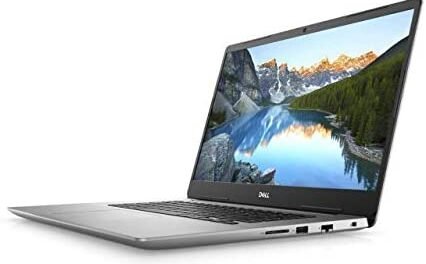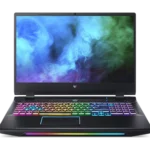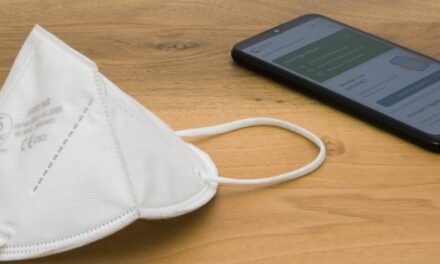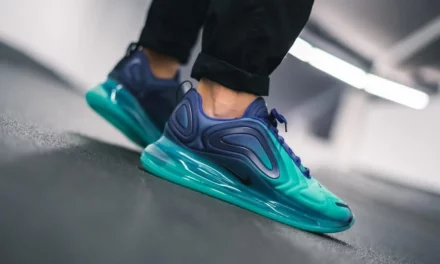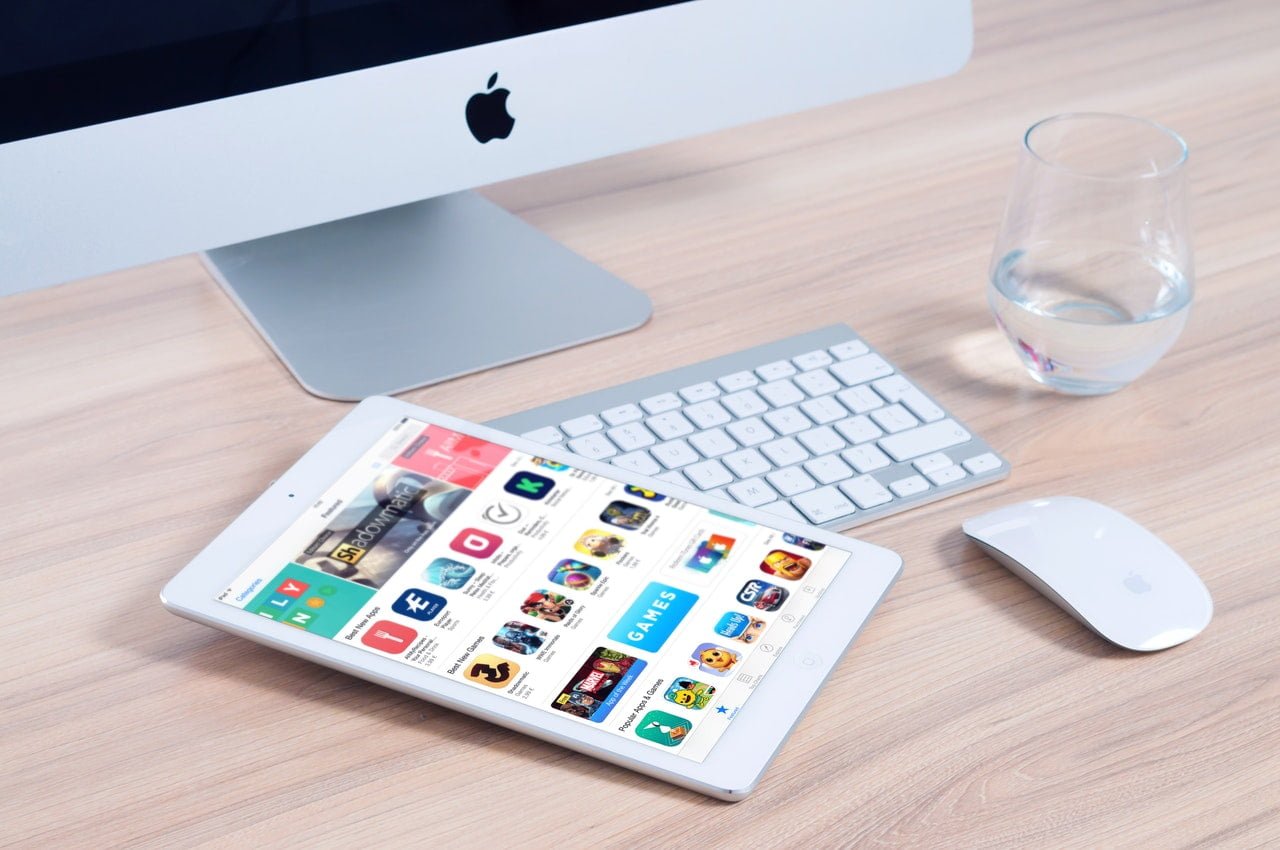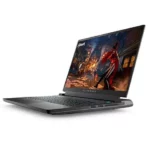
How to Set Up a Portable Green Screen

There are a number of factors to consider when choosing a portable green screen. For example, it’s important to avoid over-lighting the screen, as this can cause wrinkling. Also, avoid clothes or objects in green color to prevent reflections. Likewise, materials that reflect light, such as metal and glass, should be avoided. Lastly, use the lowest ISO setting possible, as this will reduce noise and make the screen work better.
Can I DIY a portable green screen
One way to make your own green screen is by buying a portable green screen kit or making your own with fabric from a fabric store. These kits often come with a green sheet or blanket, but you can also use custom cut cotton muslin. Investing in a quality green screen kit will ensure a higher quality final product. Some green screen kits even come with a support system. These can be used with collapsible backgrounds, muslin cloth, or seamless paper backdrops.
You can also buy a green screen cloth and tape it to a wall. Although this solution is cheap, it may not be as durable as a professional green screen kit. If you’re working on a budget, you may want to opt for a green screen made of spandex material, which is more durable and less likely to wrinkle. Also, you will need to be very careful when lighting the green screen because it may spill light.
One of the most common green screen kits cost a little over $200. However, if you’re a budget-minded individual, you can make a cheaper green screen yourself for much less money. One of the easiest ways to make your own green screen is to use multi-colored poster boards. These come in a variety of colors, and they can be purchased at craft stores for a low cost.
Is getting a portable green screen worth it
A portable green screen is similar to a marketing banner that pops up from the ground. It is very easy to setup and collapse. These screens have spring steel frames that fold into a case, which makes them easy to store and transport. They are also very easy to clean, and have a pneumatic X-frame that locks the screen in place. They are very convenient, but they do let some light through.
While you can use a muslin cloth to create a green screen, it is not opaque. Bright light will show through it, and it won’t produce the same shade of green across its full width. This can cause problems with green screen software. Professional video studios use a Chromakey green paint to create the necessary color. However, this is not necessary for DIY green screen work.
A portable green screen is not cheap. Some models of these screens can cost up to $ 150, which is more expensive than similar products on Amazon. However, if you are just starting out, you can opt for a cheaper model until you develop an audience for your stream. A cheaper option, however, will not give you the quality you need to create high-quality content.
How do you use a portable green screen
When setting up a green screen, there are a few things to remember. First, you need to make sure that the background and subject are lit properly. If the lighting is uneven, you might have problems with shadows or bright spots. Lighting the subject and green screen with two lamps will help avoid these problems.
Another benefit of using a portable green screen is its portability. Many of these models have extra-large screens that are designed for multiple participants. In addition, the best ones are easy to set up, feature improved latches, and are made of wrinkle-resistant material. These features ensure a smooth chroma key and natural-looking edges. Some even have a pneumatic X-frame that locks into the desired height.
When using a portable green screen, be sure to choose the one that best suits your needs. The right size is crucial for your location, so make sure that the portable screen fits the area you’ll be shooting in. Also, make sure that the screen is in good repair and is clean.
Don’t over-light the portable green screen
If you want to produce a professional looking green screen image, the lighting should be evenly distributed. If the lighting isn’t evenly distributed, your screen may look like one big piece of green paper. The best way to solve this problem is to avoid focusing the light head directly on the screen. If possible, place two sets of lights on either side of the screen, each at an equal distance from the subject.
Lighting the green screen can be tricky. You need to make sure the lights are at the right angle and color temperature. The camera’s exposure tools and photometer can help you do this. You also need to make sure that the actors are in focus. This will make it easier to cut them out in post-production.
The size of the green screen depends on the type of project you are working on and the available space. Most models measure up to nine by 15 feet, though some models can be much larger. It is a good idea to buy a portable green screen that isn’t too big if you are planning to use it for close-up shots. Choosing a small screen is also cost-effective.
Take your portable green screen on location
If you want to use a portable green screen in your production, there are a few things you need to know before taking it on location. First, make sure that you set up your subject and background properly. You should place your subject several feet from the green screen. You should also light the subject in the right way, so that his or her silhouette is as similar as possible to the background. Make sure to use the “kiss of light” technique to reduce shadows and create a clean outline.
You also need separate lighting for the green screen. If your subject is close to the green screen, you may end up with a greenish cast on your subject and it will be hard to key out in post-production. To get the best results, you should use two high-quality lights and a softbox. Another good idea is to use white bedsheets for diffusion.
You can also create your own portable green screen by using materials such as posters, muslin, nylon, or poster boards. Lightweight, stretchy fabrics work best for a portable green screen. Heavy fabrics may need to be ironed or steamed to get out wrinkles.
Advantages of portable green screen
Among the main advantages of portable green screens are the ease of use and mobility. They also come with carrying bags which make it easy to store them away when not in use. The screen is available in various shapes and sizes, so you can choose one that is suitable for the size of the object you wish to photograph behind it. A larger green screen will give a better quality photo, while a smaller one will be suitable for smaller objects.
A green screen is highly beneficial when filming outdoors. It will prevent ambient light from interfering with the shot and produce a more professional result. It also gives you the flexibility of adding multiple effects to a video. You can also use a green screen for advertising purposes, superimposing your company’s logo or other graphic on the background.
The material used for a portable green screen should be non-reflective and flexible. Muslin is a good choice. It is easy to clean, but it may get wrinkled after a while. If you want to avoid wrinkling, you can try using a nylon or spandex green screen. Both do not wrinkle, but they can be difficult to store.
disadvantages of portable green screen
A portable green screen has various advantages over a static green screen. However, there are some disadvantages to owning one. For one thing, you need ample space to position it. Moreover, there are certain issues you may not be able to solve with a static green screen, such as the need to iron the green screen to remove wrinkles.
A portable green screen is convenient because it can be folded away. It measures about 56 inches in diameter, which is not very large and can be carried around easily. Moreover, it is made of durable polyester. Some chromakey software products will require additional software to operate it. Also, you may need to have a wide angle camera in order to use a portable green screen.
Another disadvantage of a portable green screen is its lack of accessories. The Webaround Big Shot Gen2 is easy to set up and comes with a carry bag. However, its bulb bulbs are large and may break when packed together. A portable green screen may need additional softboxes for lighting, which can add up to an extra cost. Despite these disadvantages, a portable green screen is still a good option for beginner streamers, and is not expensive.
Conclusion of portable green screen
If you are on the lookout for a portable green screen, you have several options. You can find models with adjustable height and a variety of features, such as a tripod. But these models can be cumbersome, particularly because of their frame. A typical example is the BannerBuzz product, which is an adjustable polyester screen with a cumbersome aluminum frame. It’s best to beware of this type of screen and to make sure you choose the right size for your needs.
AFHT’s 76-inch portable pull-up green screen has a number of good features and is easy to assemble. The screen is adjustable, which means you can accommodate multiple participants with the same setup. It also comes with a manual for setup and use. However, it is not as sturdy as some other models. It’s also more expensive, and may not be suitable for those who are just starting out.
Another plus of the portable green screen is that it’s compatible with photo editing software like Corel Draw or Photoshop. You can even use it to edit your photos after you shoot them. The effect of a green background can make your photos look more exciting, since it gives them the appearance of being in another location. It’s a little trickier to use than you might think, though, so make sure to take some time to learn how to use it before you make your next film.




